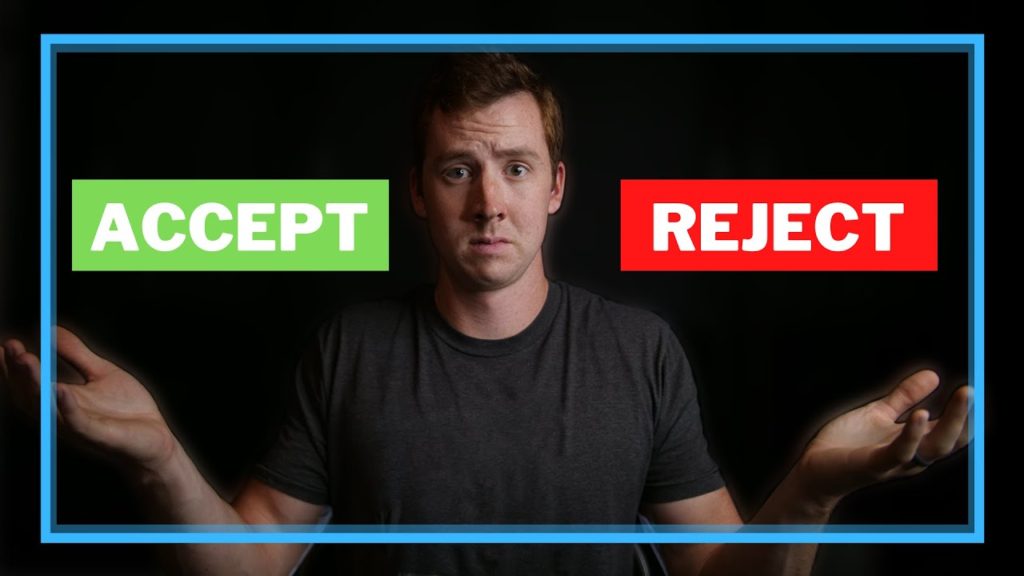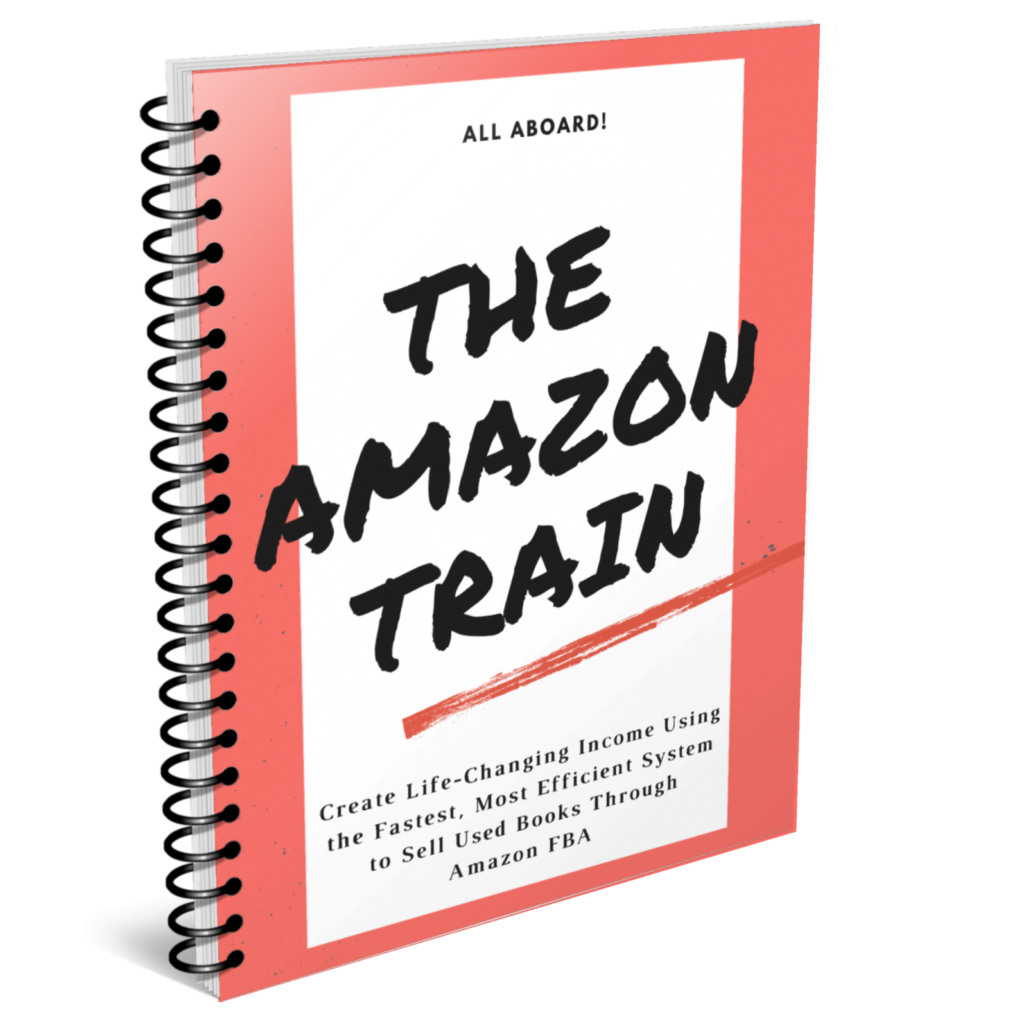A Detailed Guide on How to Start a Profitable Business Buying and Selling Used Books on Amazon FBA...
This article will teach you how to launch and run a successful business selling used books through Amazon FBA.
You will learn scanning basics, how to make a split second decision on whether or not to accept or reject a book and how much profit to expect. Everything about this business runs on efficiency and speed which makes it possible to ship out hundreds of books per week.
You will learn about many different sources of books that are available for you to take advantage of.
This business model has very low start-up costs and is fairly simple to set up but has the potential to replace a full time job and provide life-changing income. You get a payout every two weeks and as long as you are continually sending out inventory each week, you can expect the payouts to steadily increase over the first two years.
This article is not meant to be a comprehensive manual on how to run every facet of this business, however the basics are covered in simple language which should be enough to help you decide if this is something you want to do and get you started. You still need to do your due diligence and read up on Amazon's rules and regulations to avoid making costly mistakes.
Work From Anywhere You Like!
This business isn’t for everyone and it isn’t a get-rich-quick scheme.
It is a lot of hard work if you want to make good money in it. You have to cart heavy books around and it takes a long time to find and list inventory.
But there are some nice benefits. You get to work from home on your own schedule, with your spouse if you like, even if you have a baby or kids. You can travel while you do this and live in a RV while you drive around the country because you don't have to store inventory or ship orders. All you have to do is find the inventory, list it, and then ship it to an Amazon warehouse. Amazon will then ship your orders, deal with marketing, order fulfillment, returns, and most customer service.
Amazon storage fees cost a couple pennies a month per book with long term storage fees kicking in after one year. At that point you should have sold 80-90% of your inventory. If an item hasn’t sold within a year and is no longer worth holding on to, you can pay Amazon $0.15 to dispose of it. Since average inventory costs are only $1-$3 there is lots of room to make mistakes when you are starting out and the loss is very minor.
You could even work your tail off for a few months, send in a few thousand units and then travel to another country, all while your orders are being fulfilled and you’re still receiving a steady paycheck from Amazon. Or use the residual income to start a new business that you’ve always wanted to do.
You’re not tied down to a particular location
You don’t have to fulfill orders, market, or sell to anyone, and if you decide to quit or take a break you’ll continue to get paid as your inventory in stock sells out.
Join a community of like minded individuals who help each other out, make some money, and enjoy freedom, because that's what this is really all about...Freedom!
Getting Started
The following steps describe the cycle that is at the core of this business. Ideally, you would go through this cycle once a week with as many books as possible. Your success is a function of how often you complete this cycle and how many books are in each cycle.
Startup Costs
The startup costs for this business are way less than a traditional brick and mortar business.
If you decide to purchase all the recommended supplies and tools then it will come to roughly $400 upfront for supplies and around $200/mo for online tools. You do not need to purchase all the recommended items to start and can get away with just a fraction of the list.
See this article for a complete breakdown of what you should expect to pay in start up and maintenance costs.
Time Investment
This business is very flexible. You can treat it like a part time job or put in overtime. However, the number of books you list per week directly relates to the amount of money you will make.
The more inventory you have in stock the more sales you will get each week as a certain percentage of your inventory sells each week. The more units you send in each week the higher your overall percentage of profit will be as some of your income must go to cover your monthly expenses.
See this article for a detailed overview of the time it's going to take to make this business work.
Income Potential
If you are consistent with the number of units you send each week you can expect to make about twice as much in the second year of this business as the first year and slightly more in the third year as the second.
This is because some books take a long time to sell and it takes time to build up your inventory to the max level. It isn’t passive income because it's hard work to find and send in inventory, however it is residual income because once it is sent in there isn’t a lot needed to manage the sales.
For example, if you were to send in 225 books per week to the Amazon fulfillment center, then in your first year you can expect to net around $35,000 and $70,000 in your second year.
See this article for a more detailed explanation and further income examples.
Book Sources
There are many sources of books for you to take advantage of. If you think outside the box and get resourceful you can get ahead of your competition.
Here are some common sources but there are plenty of other source out there that are not covered in the following sections, such as online arbitrage, "the bins", posting flyers, storage auctions, and more. Books are so undervalued most of the time that you should have no problem finding sources.
Scanning Book Barcodes For Profits
Once you start scanning, you want to scan every single book with a barcode. Top to bottom you want to scan every single item.
Ninety five percent are going to be duds so you just need to get in there and get through them as fast as possible. You would never be able to guess which books are the valuable ones by looking at their covers.
The scanning process works by connecting a bluetooth scanner to your phone which then feeds the information to an app like ScoutIQ
Using a scanning software such as ScoutIQ is absolutely vital in this business. ScoutIQ is an app that was developed by another book reseller to quickly analyze the value and profitability of a book. The app calculates the Amazon fees for each book, adds the shipping cost of the book and with current prices and sales history of the book gives an almost instant audio and visual cue to tell you whether or not to buy it.
Paired with a Bluetooth scanner this app allows you to scan through books
extremely quickly which is so important in this business since the vast majority
of used books are not profitable for resale through Amazon FBA.
See this article for a complete overview of the scanning process.
See this article for a more thorough breakdown on exactly how to use ScoutIQ.
Pricing Your Inventory
When you are pricing your books you have to consider several factors including sales history, current offers, and seasonality of an item.
Pricing is not an exact science and you will probably develop your own personal strategy and style of pricing. If you tend to price higher you will have a longer average wait time and may have to reprice more when books don't sell, but you may increase your average sales price. If you tend to price lower you will sell books faster and have cash in hand quicker to flip more books, but you will be getting less for each book. Its a balance and there isn't one right answer that is perfect for every business.
One of the biggest mistakes beginners make in this business is to try to do it without Keepa. Remember, asking price is not the same as sales price and previous sales is the biggest predictor of future sales. Without Keepa you are flying blind.
Keepa is a browser extension that has detailed price and sales history for more than 1,000,000,000 Amazon products.
See this article for a detailed breakdown of pricing.
See this article for a detailed breakdown of how to read and understand the Keepa charts.
Processing Inventory
Cost Averaging Books
You are going to want to keep track of what you paid for your books and encode it into the SKU for each book.
Rather than tracking the price of each and every book it is easier to average the cost of a group of books that are in the same lot. After each sourcing trip you can group books together by source and divide the total cost by the total number of books in each category.
Restricted Inventory
You will be restricted from selling certain books and brands on Amazon such as some textbooks, some books from brands like Marvel, D.C. Comics, and American Girl.
Cleaning Your Books
Make sure you remove all price stickers before listing books. Buyers do not
want to receive a book with a $0.99 sticker on it. That is just offensive and
they may leave you a bad review for it
See this article for a more detailed breakdown on processing books.
List Your Books Quickly with Accelerlist
Accelerlist is an online book listing tool that will save you time and money. Using a listing tool like Accelerlist will allow you to bypass the clunky listing system provided by Amazon and will allow you to save money on labeling and sorting fees.
There is a lot to go through regarding Accelerlist. Please see this article for a complete breakdown.
Amazon Seller Account Management
Amazon Seller App
The amazon seller app is going to be one of your favorite apps. You're
pretty much going to be checking this every day because this is where you
can easily check how many sales you're getting per day. Download it from the app store and use your Amazon seller credentials to login.
Customer Feedback
When someone makes a purchase from you they have the option to leave
you a review and a rating from one to five stars. Your rating will display on
all of your listings in some format, most commonly your average star
rating over the last 1 year is what will be displayed.
Stranded Inventory
Inventory can become stranded if you are restricted from selling that item, or if
the item is damaged, or if there is something missing from the listing.
Sometimes there is a glitch during the intake process and inventory can become
stranded.
Payment Reports
Amazon pays out every two weeks and you can find your Amazon payment
reports on the Amazon Seller Central website.
Sales Reports
You can check your business reports by hovering over reports and clicking
business reports.
See this article for a more thorough explanation of account management.
Repricing Your Inventory
Repricing is another important part of running this business. Prices fluctuate up and down on Amazon so you have to update your prices periodically to stay competitive.
There are several ways to do this. You can edit the prices of your books on Amazon Seller Central under manage inventory. The benefit to repricing this way is that you can see right in front of you what the fees are and what your breakeven price is. This is especially helpful for books that have sat in inventory for a long time and are going to start collecting long term storage fees.
See this article for further details on repricing.
Tracking Spreadsheet
The tracking spreadsheet is an amazing tool packed full of great features to help you track different areas of your business.
You can track units listed, percentage sold, average sales price, average sales
rank and so much more. You can use it to track each of your different sources
and give reports to your consignment partners. The spreadsheet is not required to run this business.
See this article for further details on tracking spreadsheet.
Next Steps...
The articles within this blog contain all the information you'll need to start and run a successful book selling business.
If you'd like a more user friendly way of accessing the directions to starting a book selling business then download the free ebook below.
If you'd like to join a community of students that have gone through the training, then join our Facebook group.






